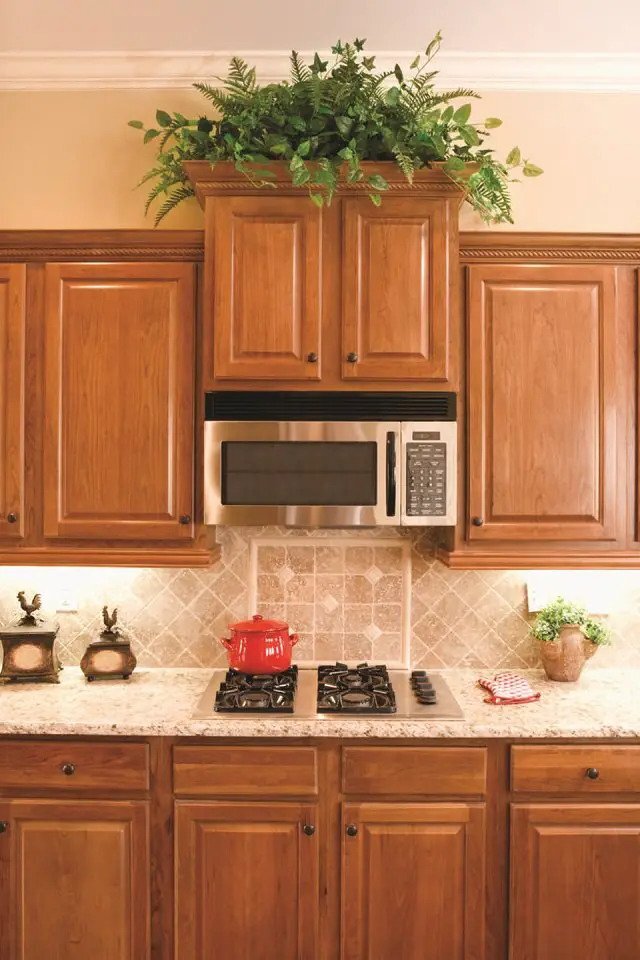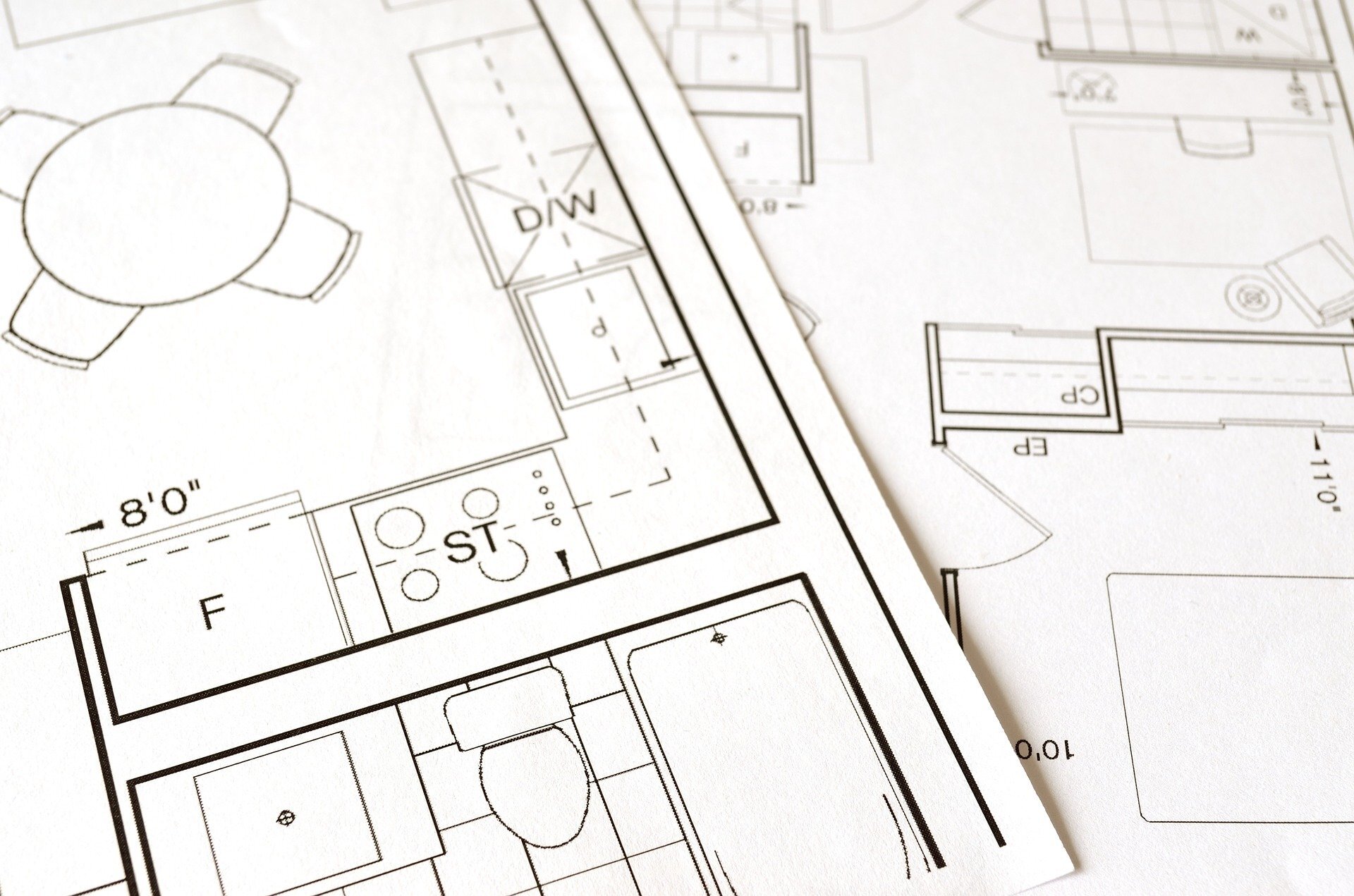Every year we hear people talking about why they should get an outdoor kitchen, but so few people do. They talk and talk, but they never seem to decide to take the plunge, even though they're so useful! We've put together 7 reasons you absolutely should put 'get an outdoor kitchen' on your to-do list for the summer.
It will cut down your utility bills
This is a big one for many of us. If you've been with us for a while, you've seen that we like to help you save money when we can. An outdoor kitchen is a great way to do it, that not many people consider.
Think about it, if you're spending more time outside, your AC doesn't have to be cranked to max to keep your house cool.
To really make the most of this you can install an awning, fan, or lots of green plants in your outdoor kitchen. All of these will help bring the temperature down on a hot Texas day. If you can manage all three, say with an awning, a mobile fan, and then screens of green plants, you'll have created a small oasis for yourself. We all know that summers in Texas are unbearable, so why have everyone crammed into one or two rooms when you want to be together if you can spread out instead?
They're great for entertaining
An outdoor kitchen is the perfect spot for entertaining. People can move around, talk with the cook, get drinks, and wander all without having to move from room to room. Where the food is, people gather and we love to socialize when we do. An outdoor kitchen doesn't have to be just a grill though, you can make it an entire oasis by bringing out lighting, furniture, patio heaters and more. What you can create in your outdoor kitchen is only limited by your imagination.
An outdoor kitchen increases your home's value.
An outdoor kitchen is an investment in your home, and by comparison to most other outdoor projects, sees the most return on that investment.
Additionally, most outdoor kitchen appliances and grills are stainless steel. They are easy to clean and built to withstand tough outdoor conditions, and the trend to be timeless (at least so far.) All of these add up to a long term investment that isn't going to go out of style or appear 'dated' if you decide to sell your home.
Cooking becomes so much easier
- Most outdoor kitchens include everything you have inside, with an ice maker, refrigerator, side burners, and most importantly, the counter space. This means that you don't have to prep inside and move it outside, forgetting things you need and having to make multiple trips. Instead, everything you need is right there and you can get on with what you want to make.
-When you cook inside, certain smells tend to linger. They'll seep into the walls and you'll be dealing with them for days, even if your vent hood is going full blast while you're cooking. Fish and deep-frying are two well-known culprits. With an outdoor kitchen, that's not the case. The air isn't restricted the same way it is inside, so the smells won't linger for any longer than it takes to clean the area.
-No matter how hot things get, neither smoke nor heat will linger. This means that you're not overheating while cooking, or trying to air out the kitchen while also worrying about the food cooking properly.
It gives you more room to spread out
Why build on an entirely new room with walls and a roof if you have a patio? As we said above with one or two tweaks you can make it into a small oasis, a kitchen, and a space to entertain guests on all sorts of occasions. Once you bring in the furniture you can expand the uses for it even further. With an awning or a solid roof added, you can even use it during rainy days.
Foods you cook are Healthier and Tastier
When you're cooking on the grill your foods, be they meat, vegetable or grain, tend to retain more of their flavor. They are also having the fat drip out of them, instead of sitting in it were it to be cooked in a pan, which means that the end product is healthier too!
You save money on eating out
When you have a private dining area where you can enjoy the breeze, delicious healthy food, and the company of friends and family, without having to deal with other people's friends and family, why would you dine out? Every time you use your outdoor kitchen, you're keeping money in your wallet and building memories and bonds built around food.
So, have we changed your mind? Are you considering turning your neglected patio into an outdoor kitchen? Let us know over at our Facebook page or in the comments. Even if you completely disagree, tell us that too!
Whether you have an outdoor kitchen or not, we can still help with your appliances. All you need to do is place a call at ((214) 599-0055) or go to our website to set up an appointment and we'd be happy to help. All of our clients matter to us, from Dallas to McKinney, and want to help keep your homes running.

















